For Too Long, I Thought My Bleeding Was Normal
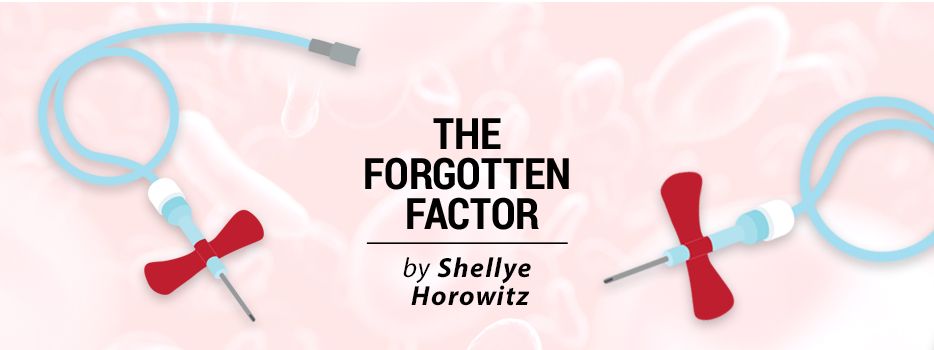
Two weeks ago, my daughter helped me move a small refrigerator. I had the front end and she had the back, which was open and exposed various parts.
When we arrived at our car, I noticed her finger was bleeding quite a bit. The cut appeared to be long but was mostly on the surface. She did not need stitches. We cleaned it up, bandaged her, and drove away.
The next morning, I asked her how her finger was. She held it up and said, “It’s fine, Mom. It’s almost completely healed.” I could barely see a scratch where she had been bleeding 24 hours earlier.
I was surprised. “Is this how fast you always heal?” I asked her.
She said, “Yes, Mom. I am not a bleeder like you. This is how a cut normally heals.”
My ‘normal’ was not normal
Prior to receiving appropriate hemophilia care, my cuts took forever to heal. My body worked desperately to form a scab, to no avail. The scabs that formed were flimsy at best, and would often fail and fall off within the first 24 to 36 hours.
Eventually, I stopped bleeding. When this happened, there was no scab — just a hole in my skin where the injury had occurred. Over the next few weeks, my skin would dry out and the layers would peel. Within three to six weeks, I could no longer tell I had cut myself. Many women I know who have hemophilia A and B report similar healing issues.
Seeing my daughter’s cut mostly heal in just over 24 hours was miraculous to me. Normal healing looks so different for her.
Aunt Flo arrives with a flood
Women with bleeding disorders often struggle with menorrhagia, also known as heavy menstrual bleeding. Again, this is an area in which it can be hard for a person to gauge what “normal” is.
I thought my bleeding was normal because I heard many women complain about their periods. I thought my bleeding was normal because it was similar to that of other women in my family. I thought my bleeding was normal because it was all I knew.
When I met with a surgeon to prepare for a hysterectomy a few years ago, I was shocked. Prior to my appointment, I had tracked my monthly blood loss for her. I learned I lost as much blood in one day as most women lose in a seven-to-10-day period. I had no clue!
Apparently, it is not normal to need to change a pad every 30 minutes. Evidently, it is not normal for a menstruating woman to feel flooding every time she stands up. Supposedly, it is not normal to require both a tampon and a pad to ensure that leaks will not occur.
Revisiting normal bleeding
It is critical that doctors and patients with bleeding disorders, or who are carriers of bleeding disorders, discuss normal bleeding. Conversations are necessary for patients to understand that their experience may not be normal.
I suffered for years from horrific periods because I did not know any better. My life would have been easier had I been able to access treatment to reduce the bleeding.
Thankfully, I now have access to appropriate care, which has greatly improved my healing times. While my treatment plan remains a work in progress, it has been a huge blessing. Activity without pain is now a part of my daily life. My mental health has also improved with improved treatment.
Women with bleeding disorders may struggle with heavy periods, slow wound healing, and joint bleeds. Education is a necessary first step toward improving quality of life.
I believe providers who work with bleeding disorder families must educate male and female family members about normal bleeding. By providing this necessary education, all family members will be better able to recognize bleeding issues and seek appropriate care.
***
Note: Hemophilia News Today is strictly a news and information website about the disease. It does not provide medical advice, diagnosis, or treatment. This content is not intended to be a substitute for professional medical advice, diagnosis, or treatment. Always seek the advice of your physician or another qualified health provider with any questions you may have regarding a medical condition. Never disregard professional medical advice or delay in seeking it because of something you have read on this website. The opinions expressed in this column are not those of Hemophilia News Today or its parent company, Bionews, and are intended to spark discussion about issues pertaining to hemophilia.




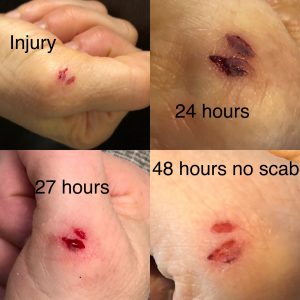
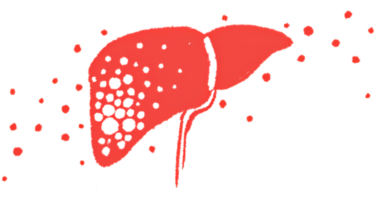
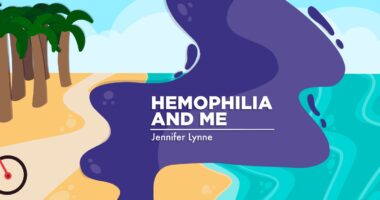
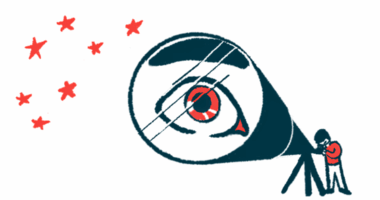
Ellie Coyle
As a child I had a history of nosebleeds and bleeding cuts etc. I had heavy periods and was told by my GP that it would improve once I had a child. I was however put on the pill at 15 years of age. I gave birth to my son and had a bad PPH. I came around to find I was being given blood transfusions. My son also seemed to be always hurting himself. Once he had a bad swollen bruise on his head from falling over in the park. People remarked on it and I felt accused of neglect even by the doctors I took him to. When he started cutting his back milk teeth he bled. It went on for several hours and so I took him to the GP surgery who told me that it was normal and probably no more than a eggcup full! That night he started bleeding again so in the morning I took him to the dentist. He looked into my son's mouth, called in another Dentist and both said "you must take him to the GP and request a blood test". They wrote a note for me to give to the GP about what they had seen - jelly like clot. They also said that if the bleeding restarts I must take him straight to A&E. I went to the GP to request a blood test but they said that they don't think it is necessary. Sure enough, when we got home he started bleeding again and so I took him to the hospital. He was admitted and because he was weak, they took blood from me. Some hours later I was told that my son had Von Willebrands D and that I also had it. The consultant Haemotologist at St.Marys (Paddington) who worked with Jamie asked about our history and I showed him photos of my son's head bruise which he asked permission to use as training because it was a good example of such a bleed syndrome. After some years we were finally diagnosed and able to understand why!
G Shellye Horowitz
I am so sorry to hear this happened to you, but not surprised. Thankfully, awareness among medical professionals is growing. I am so glad that your family is on the radar and getting the care you need. I look forward to the day when no one tells stories like ours because they are all getting properly tested and treated!